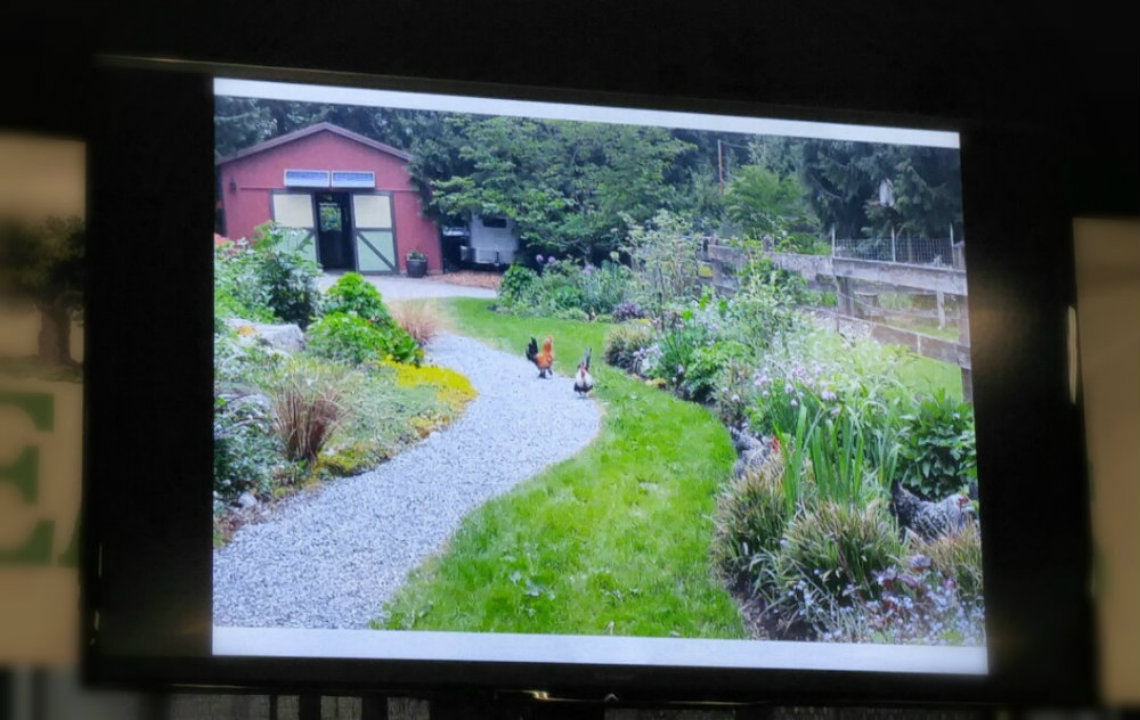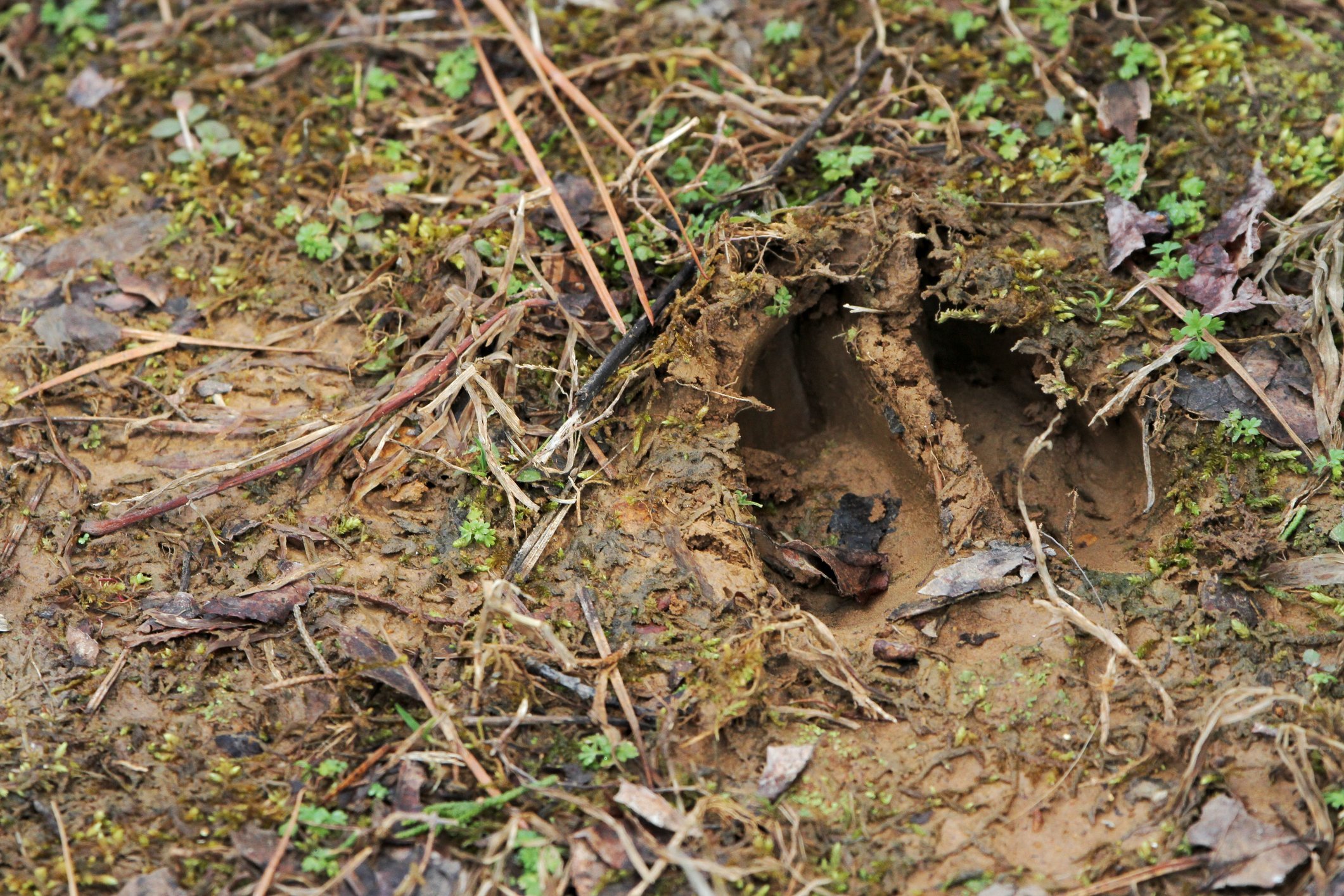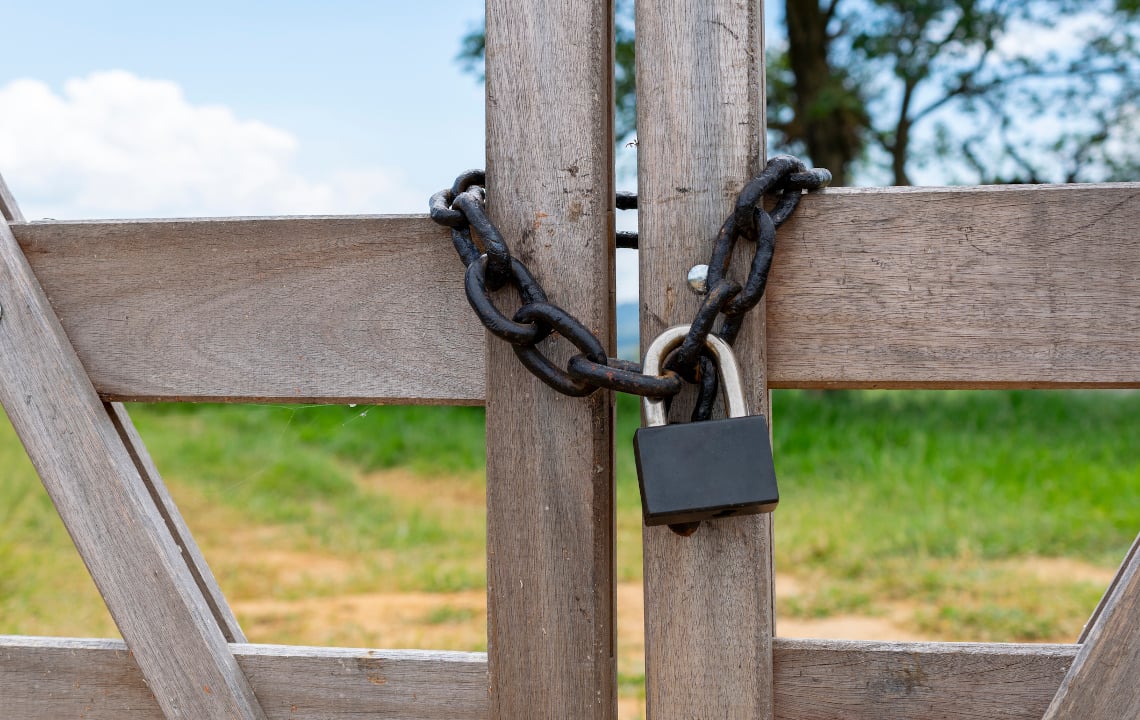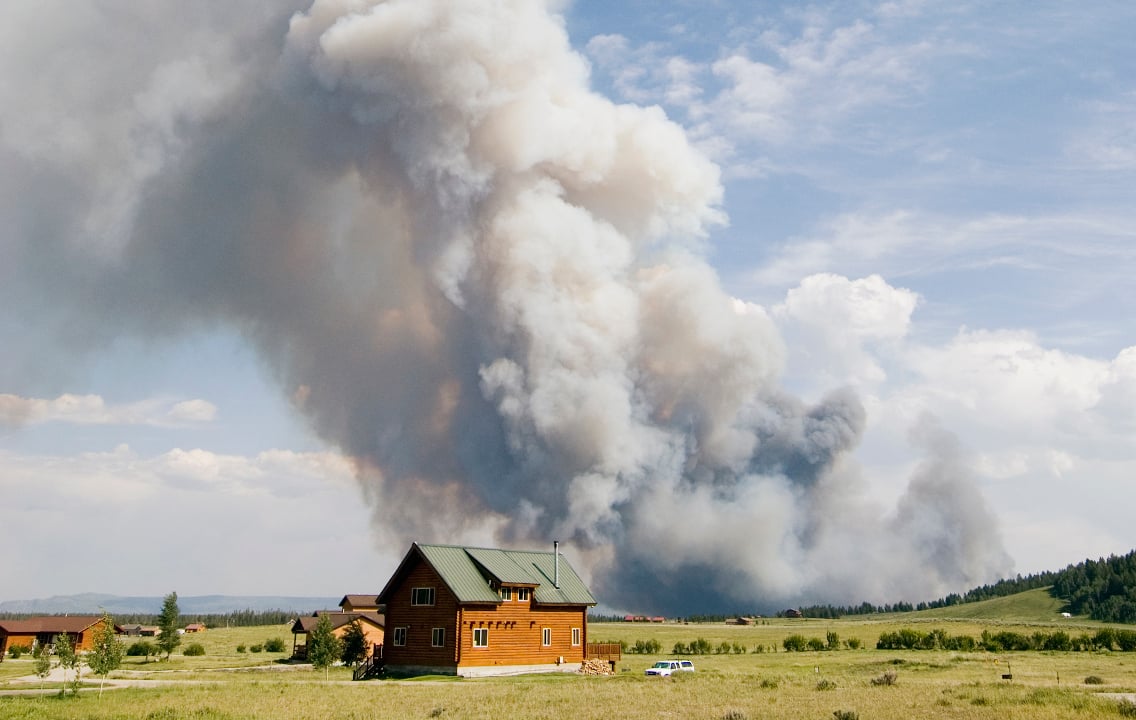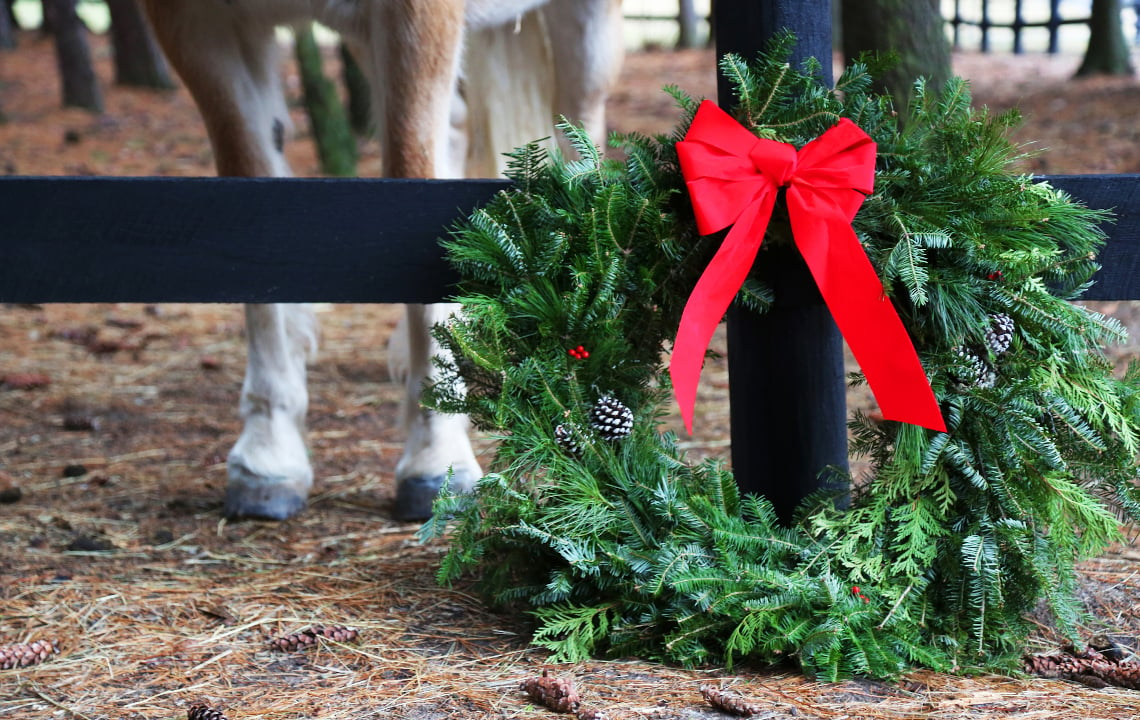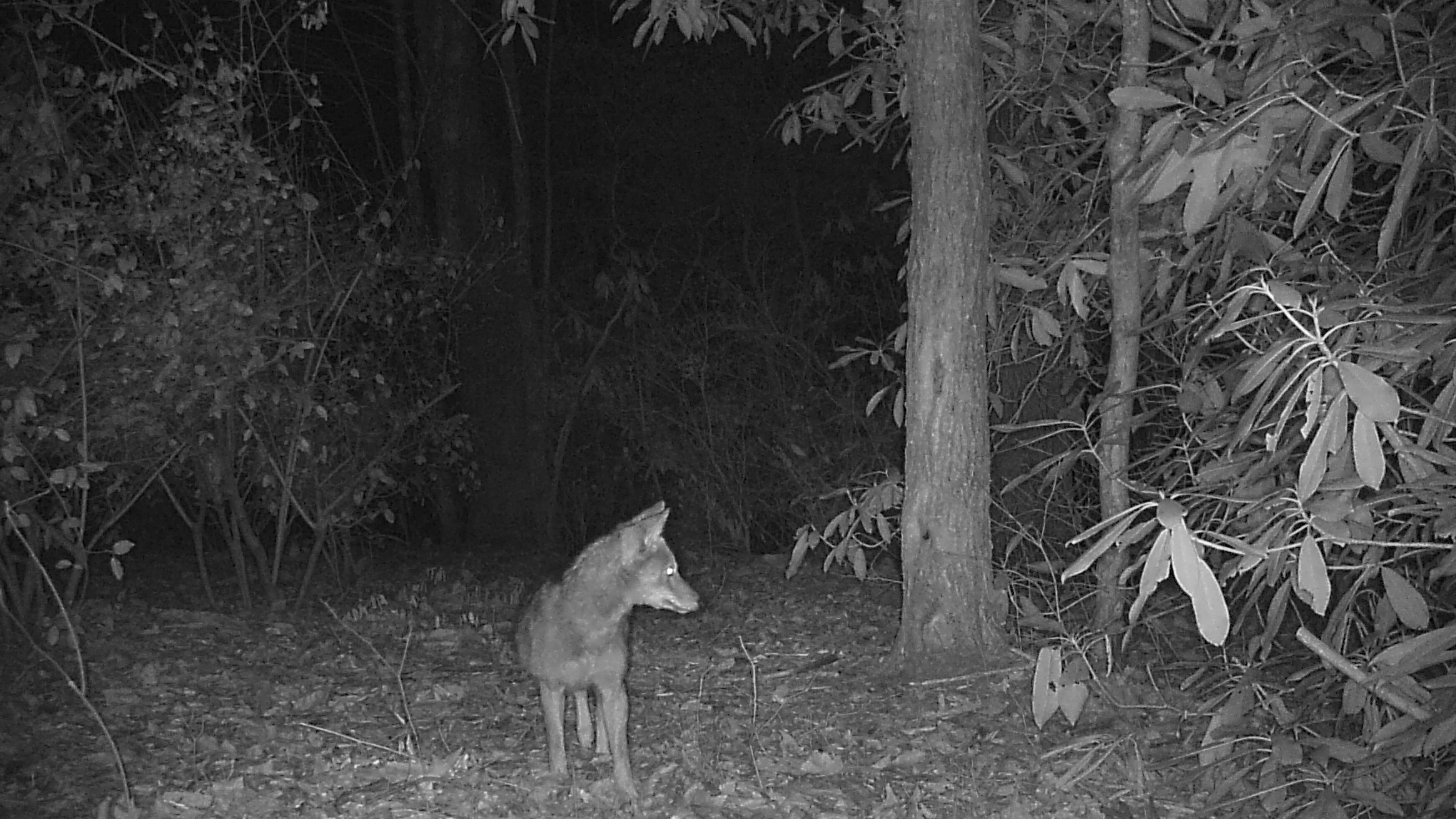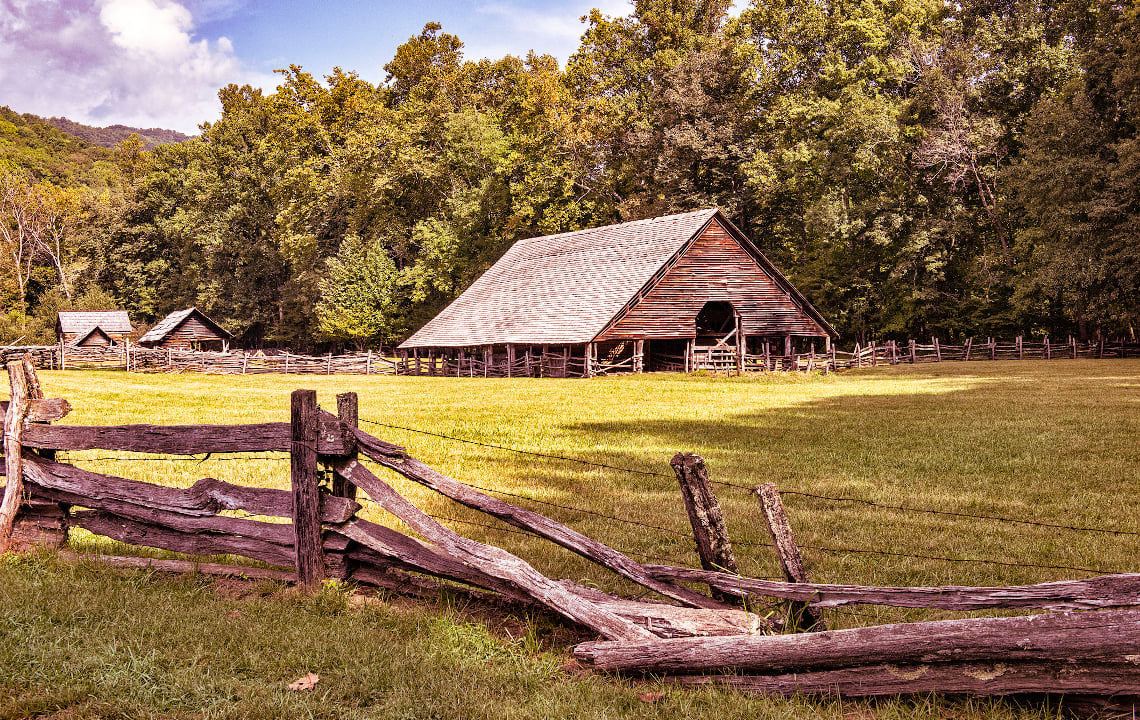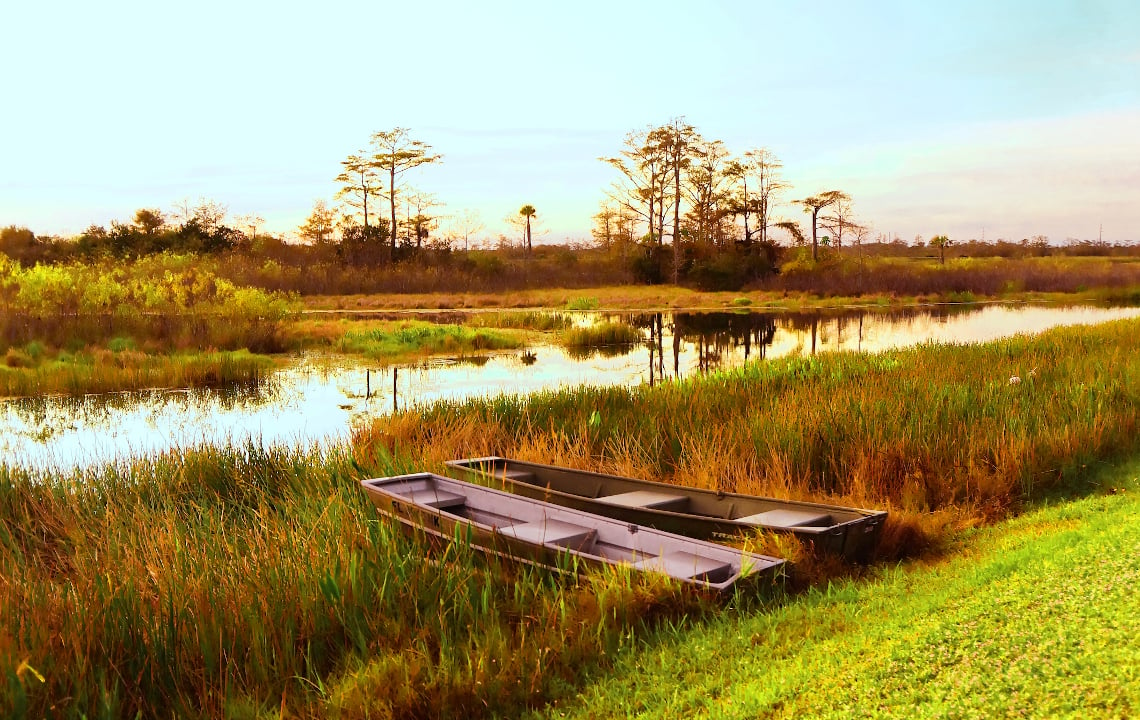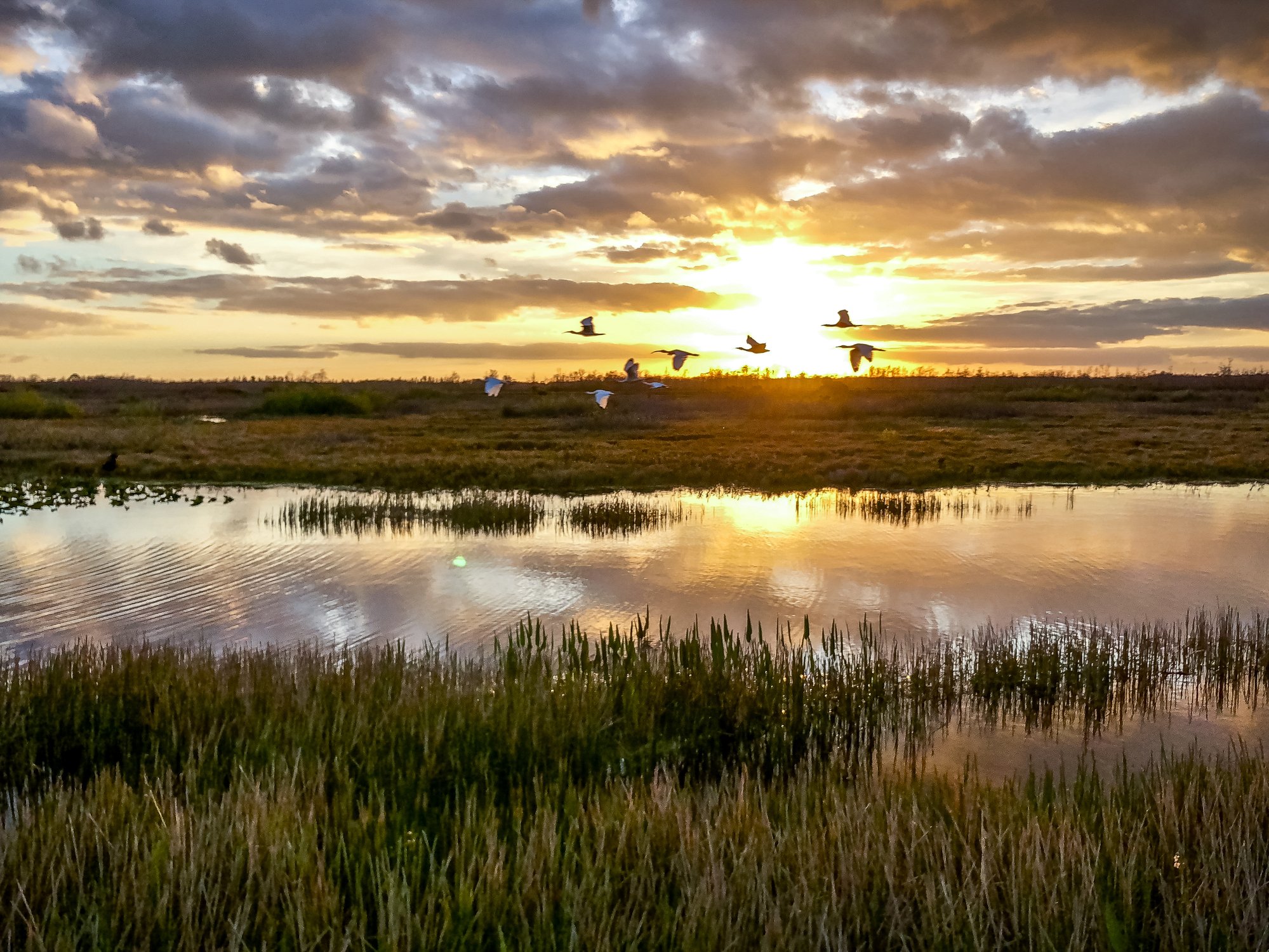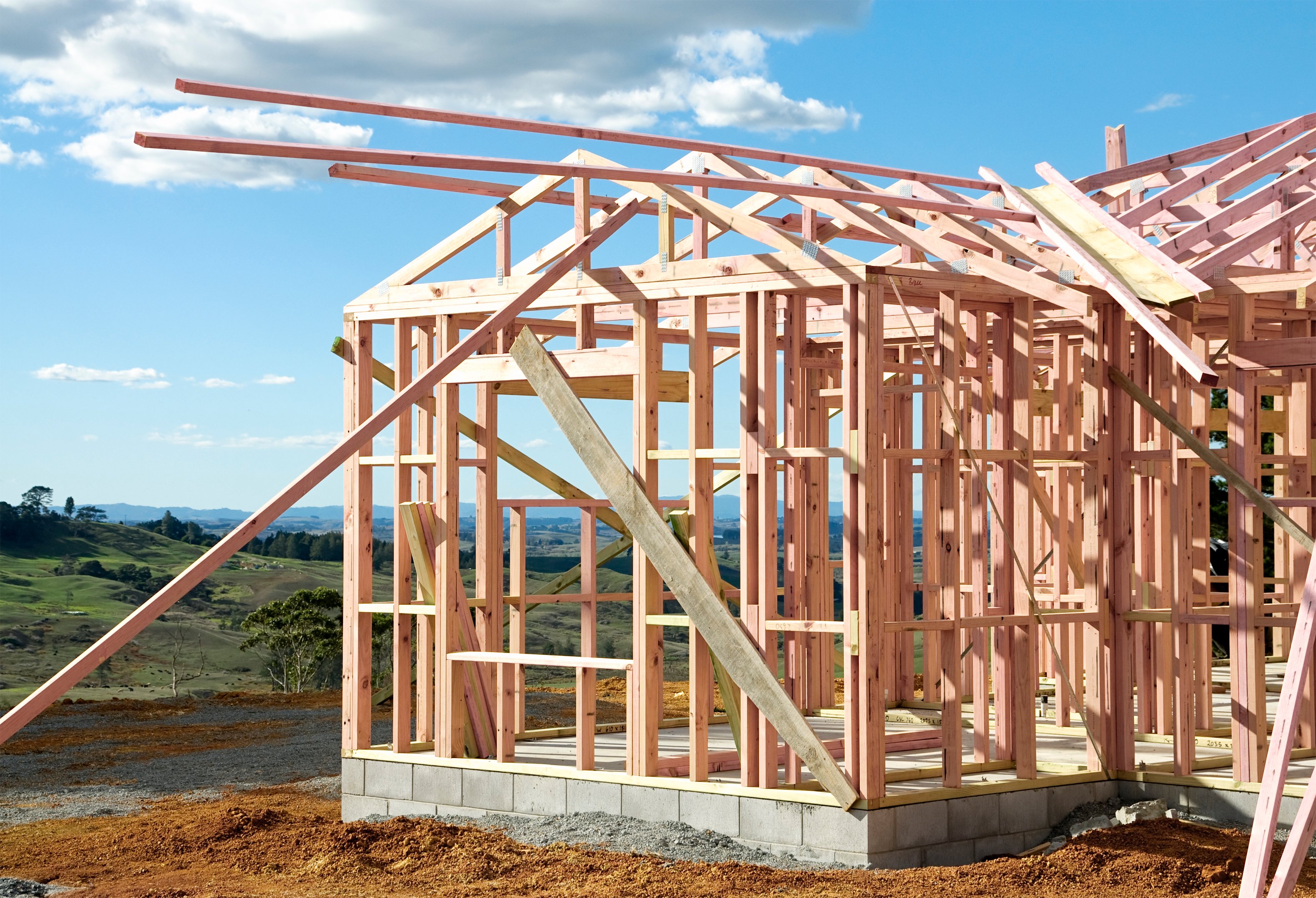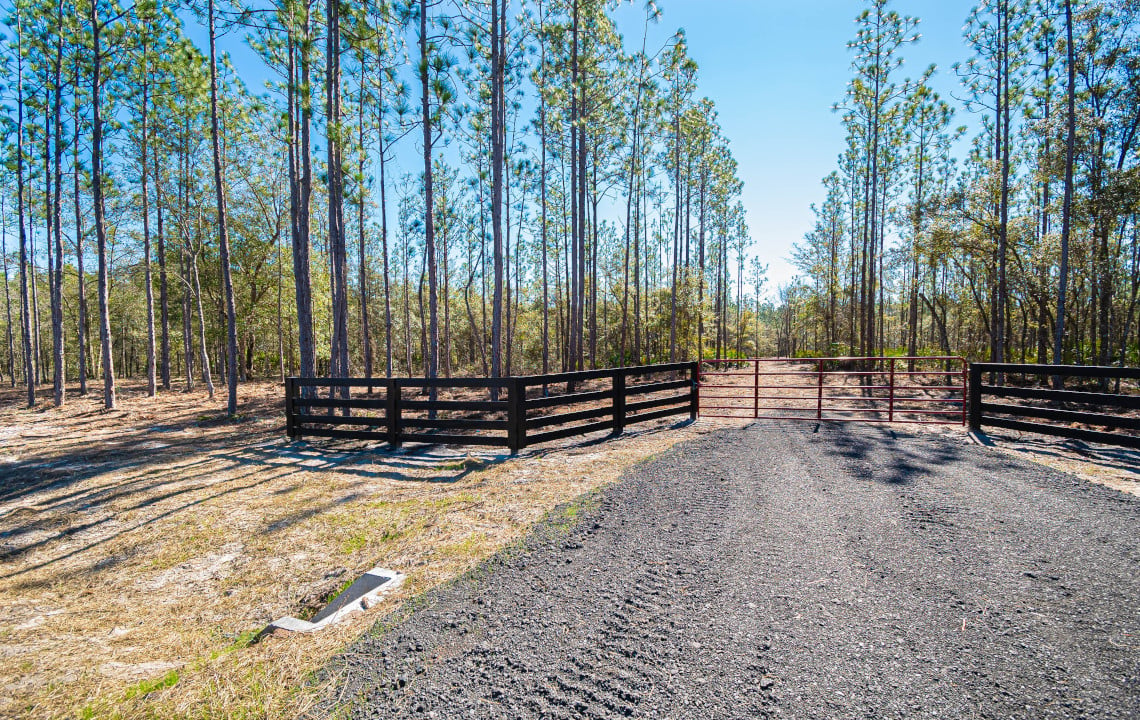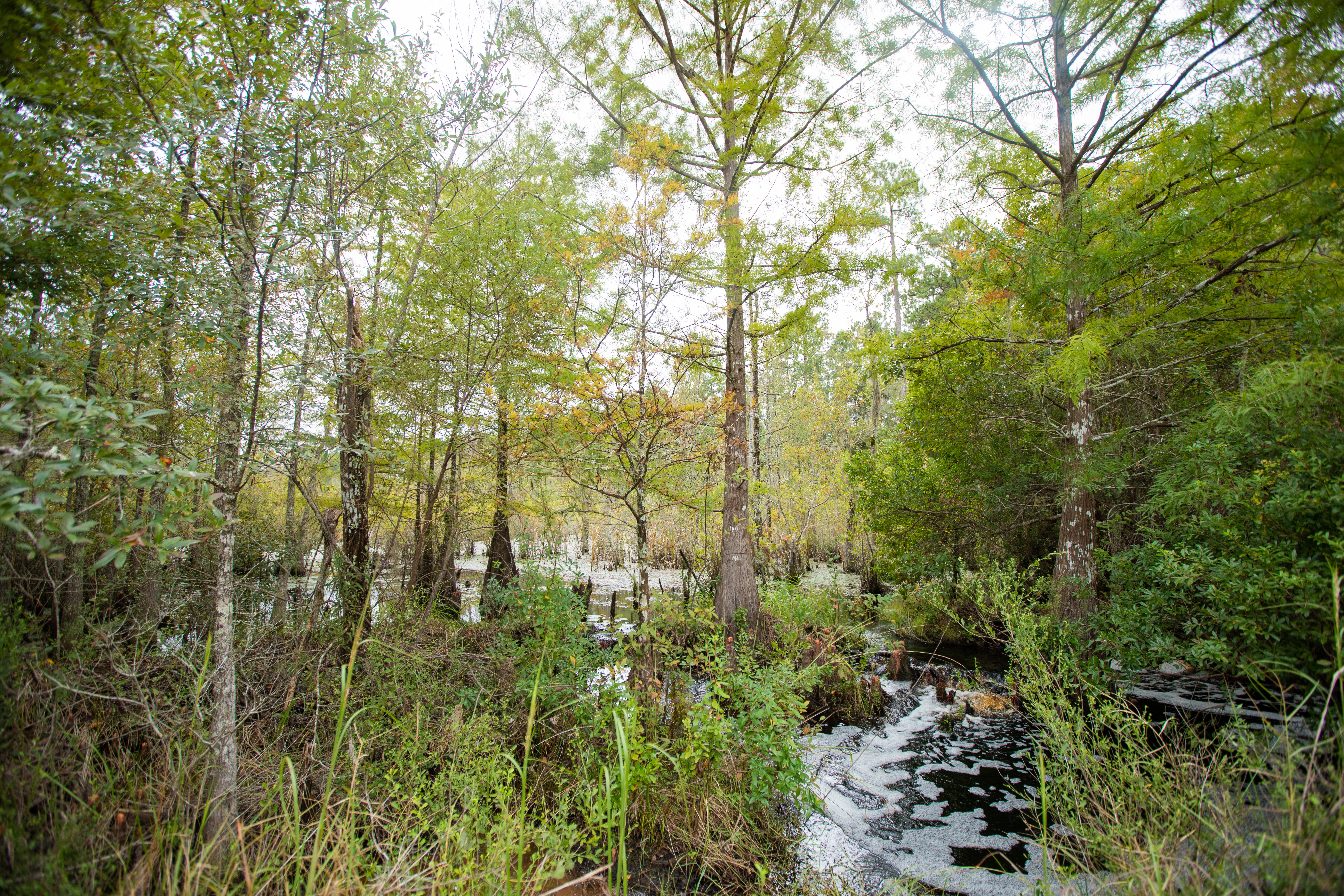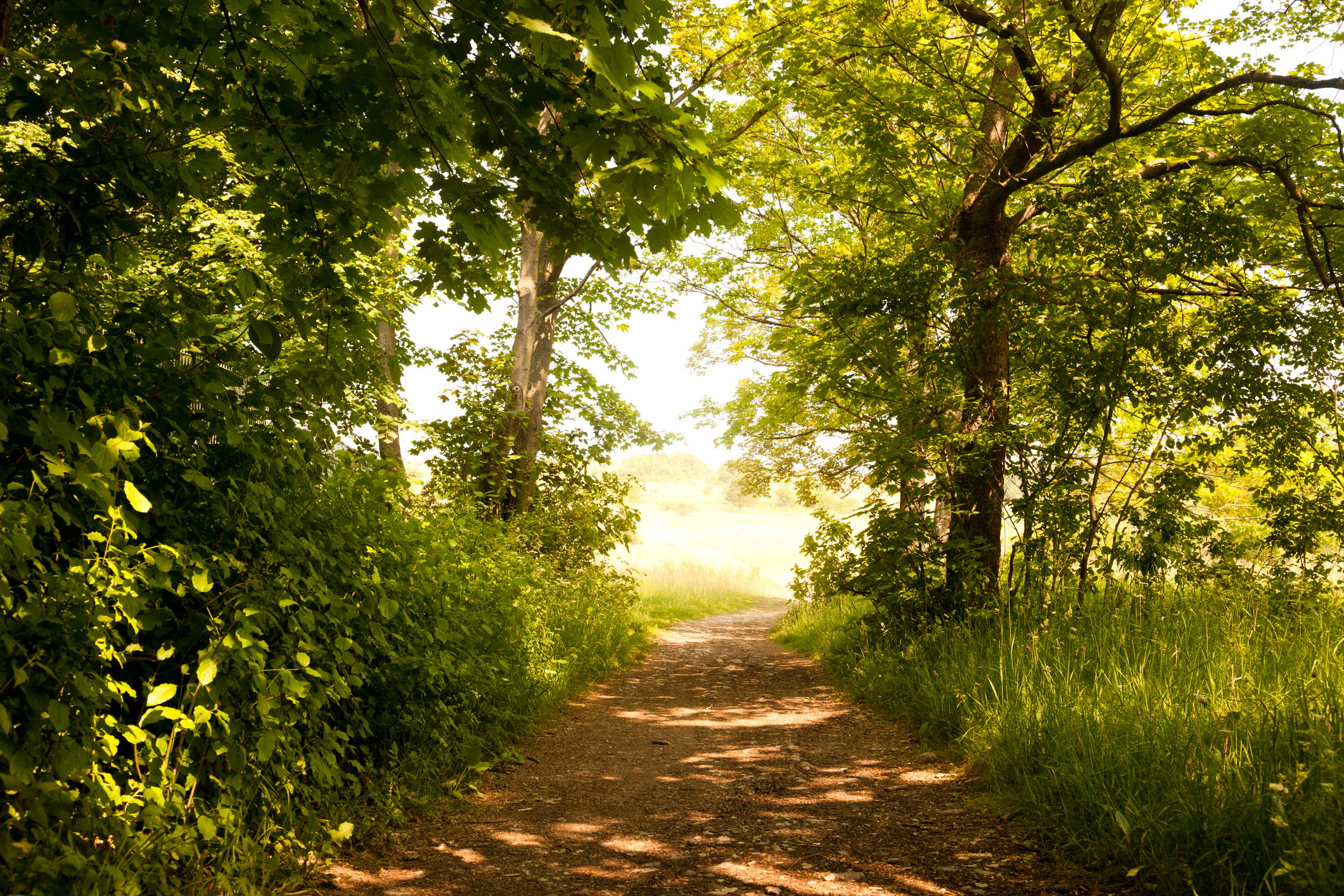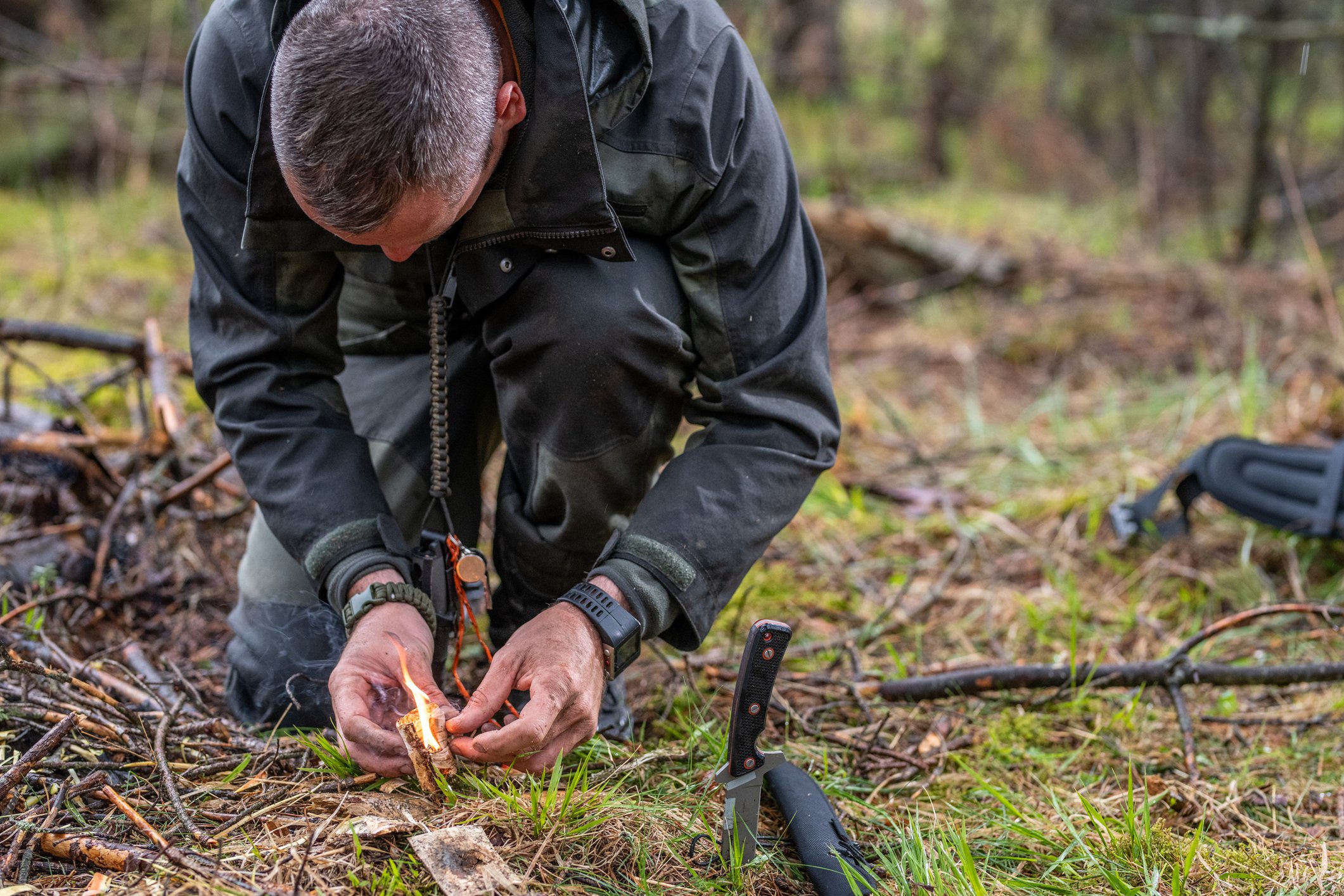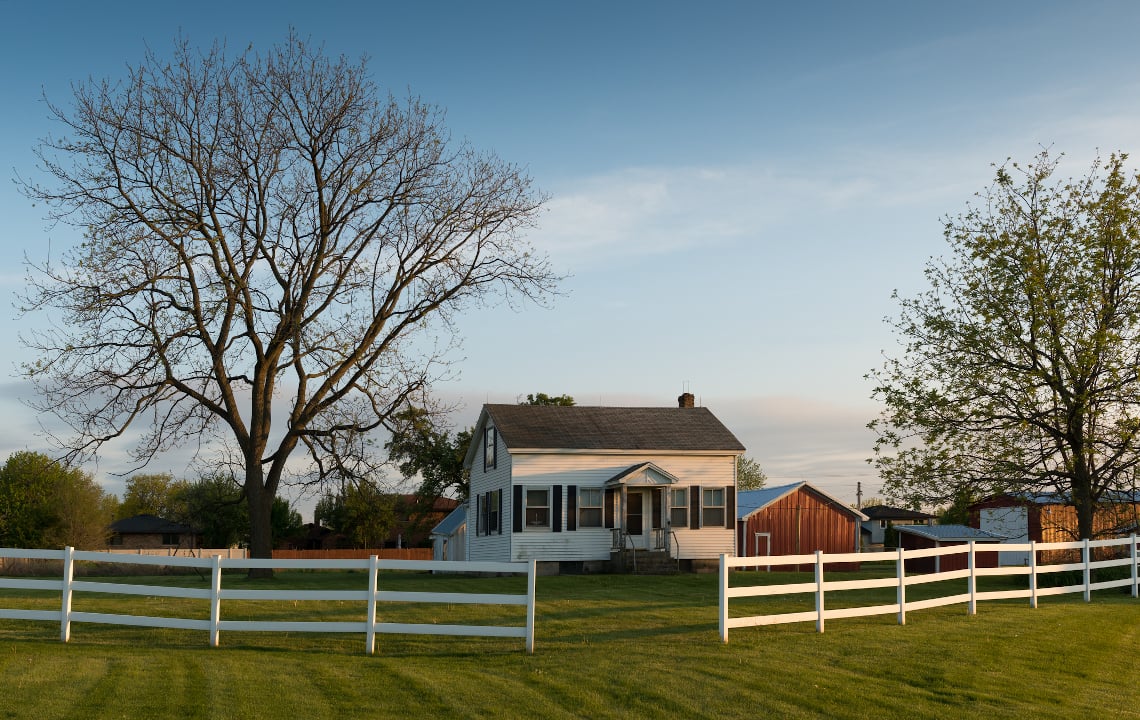Permaculture expert Jessi Bloom offers her tips on ways to make your property more sustainable, self-sufficient and productive
BELTON, Texas -- Self-sufficient is just the word for a woman like Jessi Bloom.
When she wanted to get in shape, she took on Olympic-style weightlifting.
When a friend invited her to help out at a roller derby match, she ended up joining the team.
And when she learned about the dangers of pesticides, she stopped using them - even when it meant she’d have to quit her job.
Now she’s a rockstar in the world of creating self-sufficient properties, using permaculture to transform backyards, estates and even old sports fields into productive, low-maintenance ecosystems.
What is permaculture?Permaculture is working with, rather than against, nature, using a system of design principles and techniques to develop natural ecosystems intended to be sustainable and self-sufficient. |
The permaculture guru has written top-selling books on gardening and permaculture and has become a regular Mother Earth News Fair speaker. At the news fair in Belton earlier this year, she shared these tips to help you create a more self-sufficient lifestyle, centered around what’s happening in your environment, and especially on your land:
1. Become a “systems thinker”
Think about the flow of natural ecosystems and how you can promote that in your life with your food, water, shelter, energy, animals, and even invisible structures like finances.
Bloom explained how she applied this “systems” concept on her own land (shown in the top photo):
She used a 250-gallon cistern to collect rainwater for her property. The overflow from the cistern fed into a drink trough for chickens. Any overflow from the drink trough flowed into a pond. The system didn’t waste any water, and it served multiple purposes.
2. Start small
Start small so you can make mistakes when it’s not too costly. Learn from that first before expanding.
For example, Bloom said setting up planting in a small straw bale system will be a more affordable way to begin experimenting with your design ideas rather than investing in a battery of supplies for a much larger project the first time you attempt to make your property more self-sufficient.
3. Use sheet mulch to get rid of your lawn
Wondering how to get rid of the grass on your property? Kill off your unnatural lawn using sheet mulch, a gardening process that relies on layering (a la lasagna) to suppress
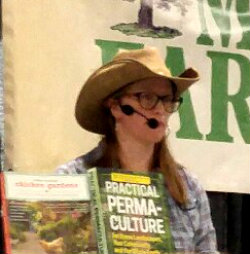 |
| Bloom |
weeds while making more fertile soil.
Here’s Bloom’s explanation of what makes up the layers in sheet mulch:
- Soil
- Weeds and grass
- A biodegradable barrier, such as newspaper, cardboard or burlap
- Compost
- Mulch
4. Grow more perennial food
“Annuals take a lot of energy and they only produce once,” Bloom said. “With perennials, your yield increases yearly, while less and less effort and resources are needed every year.”
5. Enlist and nurture all of nature’s allies
Nature provides what you need to create a healthy, self-sufficient landscape. For example, many gardeners use chickens or guinea hens to control pests (because they eat bugs).
Bloom suggested creating a habitat for pollinators, which is as simple as planting flowers.
Are there other insects you do want? Find out which type of wildflowers will attract them.
6. Love your soil
Understand and learn to love your soil. The more you nurture it, the more it will produce.
Work with nature, not against it
Instead of fighting off bugs or weeds, nurture those you do want. For example, allow clover to grow, which adds nitrogen to the soil.
7. Plant a food forest garden
Create a forest with perennial plants. This might include a tall tree layer, a low tree layer, a vine layer, a shrub layer, an herbaceous layer and a ground cover layer. Depending on the region you live in, the ideal might be fruit trees, drought tolerant trees, shade plants, “nitrogen fixer” plants, etc.
8. Let animals be animals
Let animals do what they do naturally, and they will be resilient.
For example, Bloom said chickens need shelter, grit, dust, water, air, food and friends (other chickens). Give them that, and they will give you so much in return: eggs, meat, feathers, manure, methane, CO2, and all the benefits of their scratching and foraging behavior.
That’s why Bloom calls them the “gateway animal” to getting into “the homesteading life.”
She said this tip (letting animals do what they do naturally) should be applied to humans, too. For example, ensure you have good water. If you’re trying to harvest your own water sustainably, Bloom recommends using a Berkey slow sand water filter.
9. Mind your fences and love your neighbors
For sustainable fencing to maintain her property, protect the chickens and keep a healthy barrier between her and neighbors, Bloom builds her own gabion wall. She uses gabion mesh wire, a strong material that won’t rust like chicken wire, and fills it with rocks.
Like the saying, “Good fences make good neighbors,” fencing sets boundaries.
“You can have an ally or an enemy depending on your relationship with your neighbors,” said Bloom.
You can learn more about Bloom and her books, Free Range Chicken Gardens and Practical Permaculture at her website, nwbloom.com.


